It is the intuition and merit of the late President of the Quadriennale di Roma, Luca Beatrice, to have wanted to add a historical postilla to this otherwise very young 18th edition that has just opened, with the exhibition I giovani e i maestri: la Quadriennale del 1935. In this interview, curator Walter Guadagnini tells us that since then the Quadriennale has downsized. So one wonders if the mega-restoration of the former Pontifical Arsenal, the future monumental home on the Tiber bank at Porta Portese of the Quadrennials to come, which has since been postponed but which had so enticed us six years ago, is still proportionate.
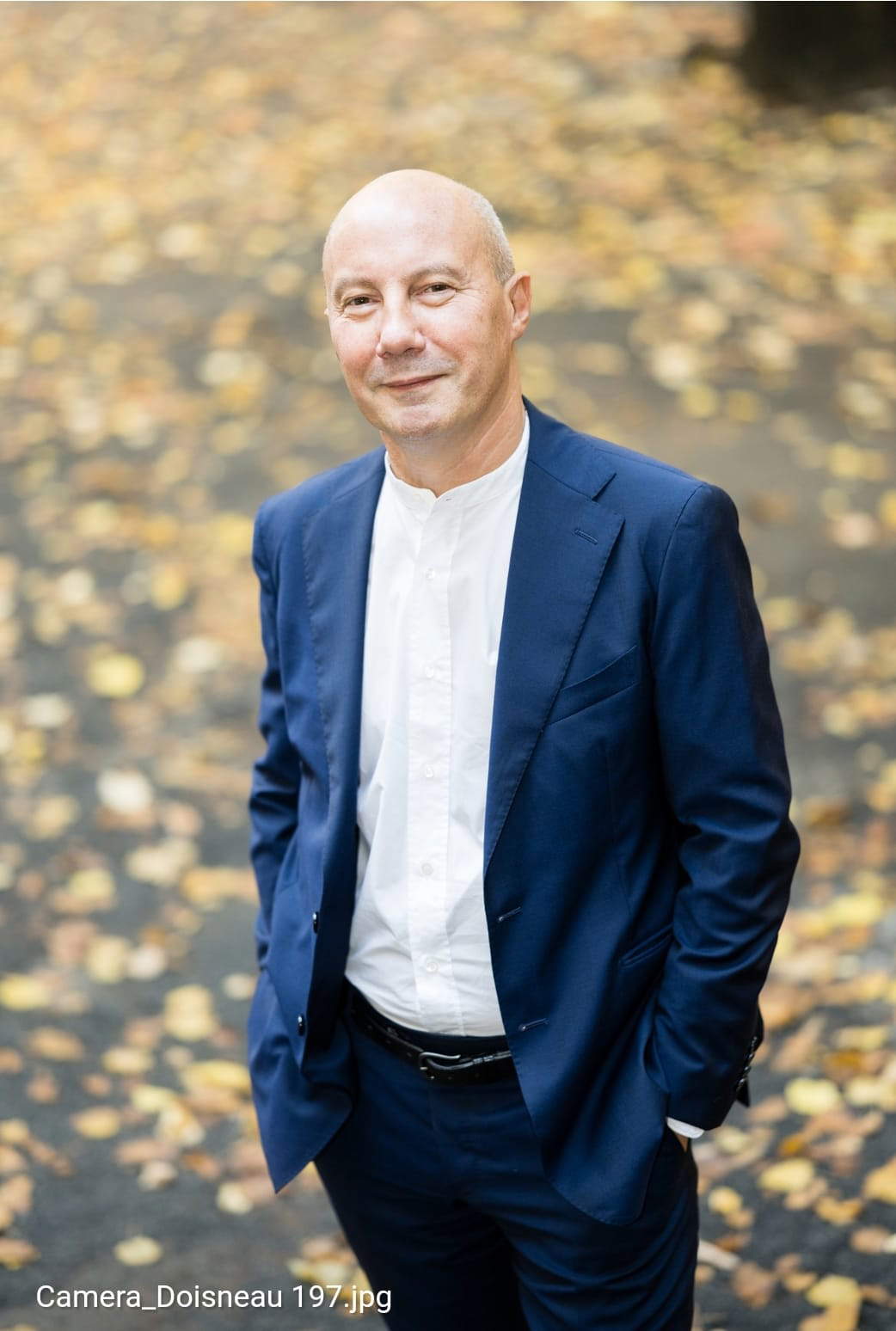
REF. We are approaching the centenary of the Quadrennial established in 1927; you chose to reissue the 1935 one. Why this one in particular? Is it by statute or by regulation that the Quadrennial is bound to include a historical section in its exhibitions?
WG. There is no constraint and it is not by statute. In previous editions some historical reconnaissance had already been done, including during the four preparatory years for this 2025 edition. The idea came from talking with Luca Beatrice, from a simple informal conversation between colleagues and friends. We ascertained that this Quadrennial would happen ninety years after the historic 1935 Quadrennial in which precisely the choice was made to emphasize young artists like this one. A week after this conversation and Luca calls me back to ask me to curate this exhibition. It is true that my field is more Pop Art, I am also an expert in photography, but on the 1930s I had worked a lot when I was very young at the Galleria Civica in Modena in the late 1980s, under the direction of Castagnoli. It has always been an area of study of great interest to me and of great passion, although I have never published a book on the subject. So I put a lot of effort into it, and in this the help of the experts at the archives of the Quadrennial Foundation was crucial.
We can therefore call his section an exhibition within an exhibition with the support of the Quadrennial Archives, which also explains the importance given to the documentary part. Among other things, in the foreground, displayed in a single showcase like a rightly precious artifact, towers the Quadriennale regulations of 1935. A piece of history on which the format of the Quadriennale, one of the largest exhibitions in Italy even today, is based.
The problem was how to render an exhibition in which 1,700 works were exhibited. The Quadriennale has always been abundant, the cultural policy intended to put Rome at the center by competing and equalizing with the Venice Biennale and with the intention of specializing on Italian Art. The goal was to be able to give the broadest view of art in Italy, from North to South.
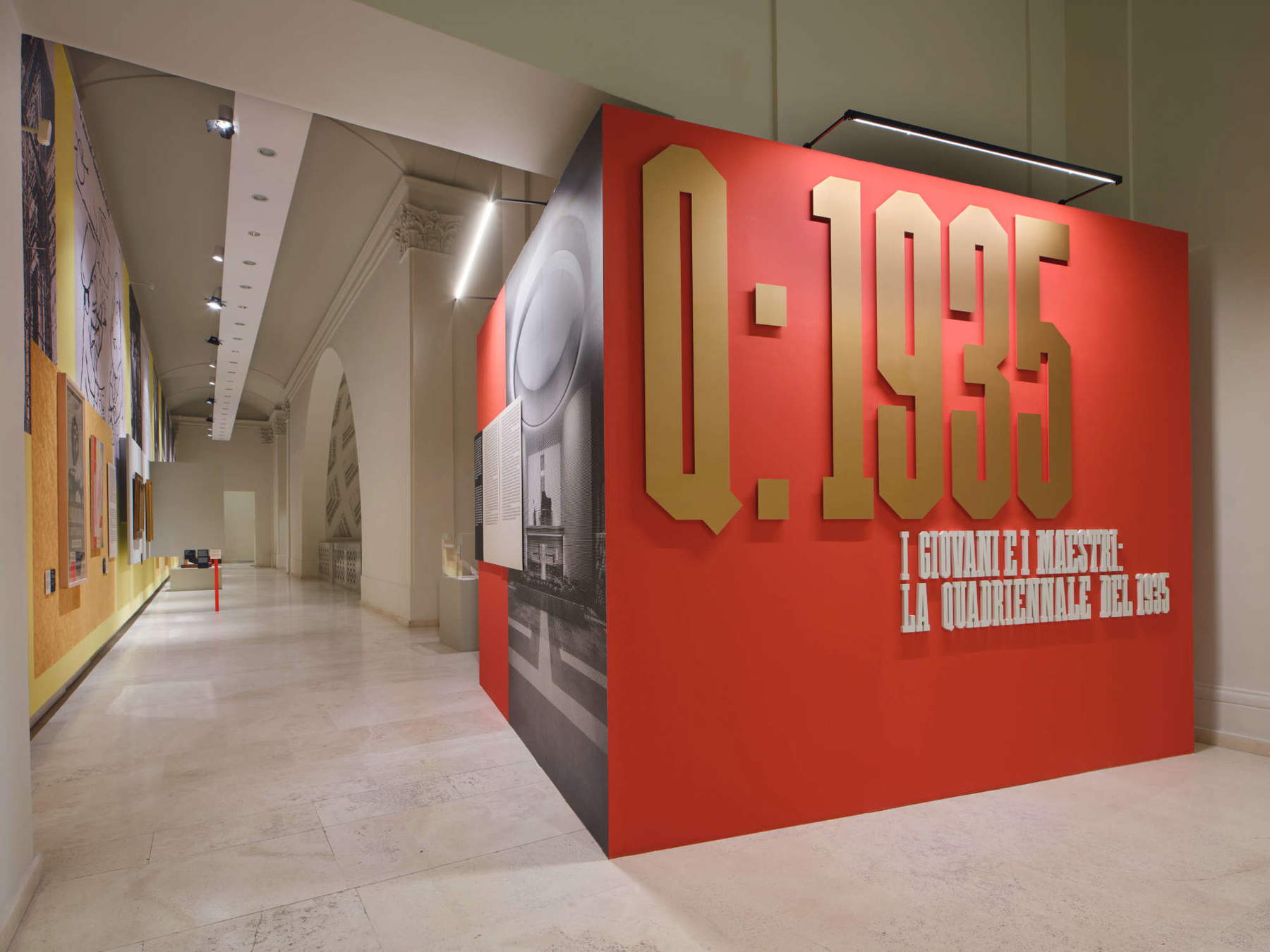
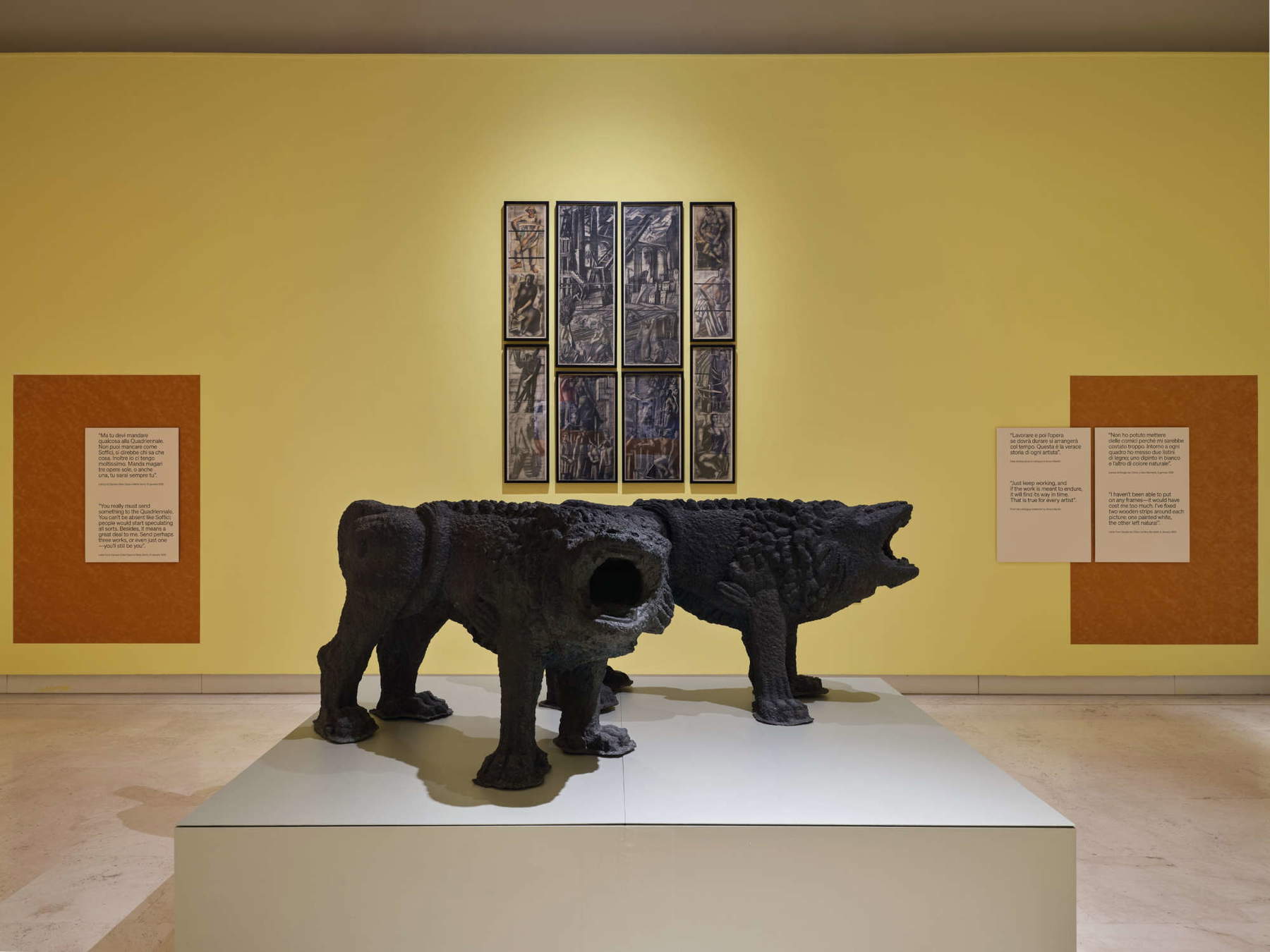
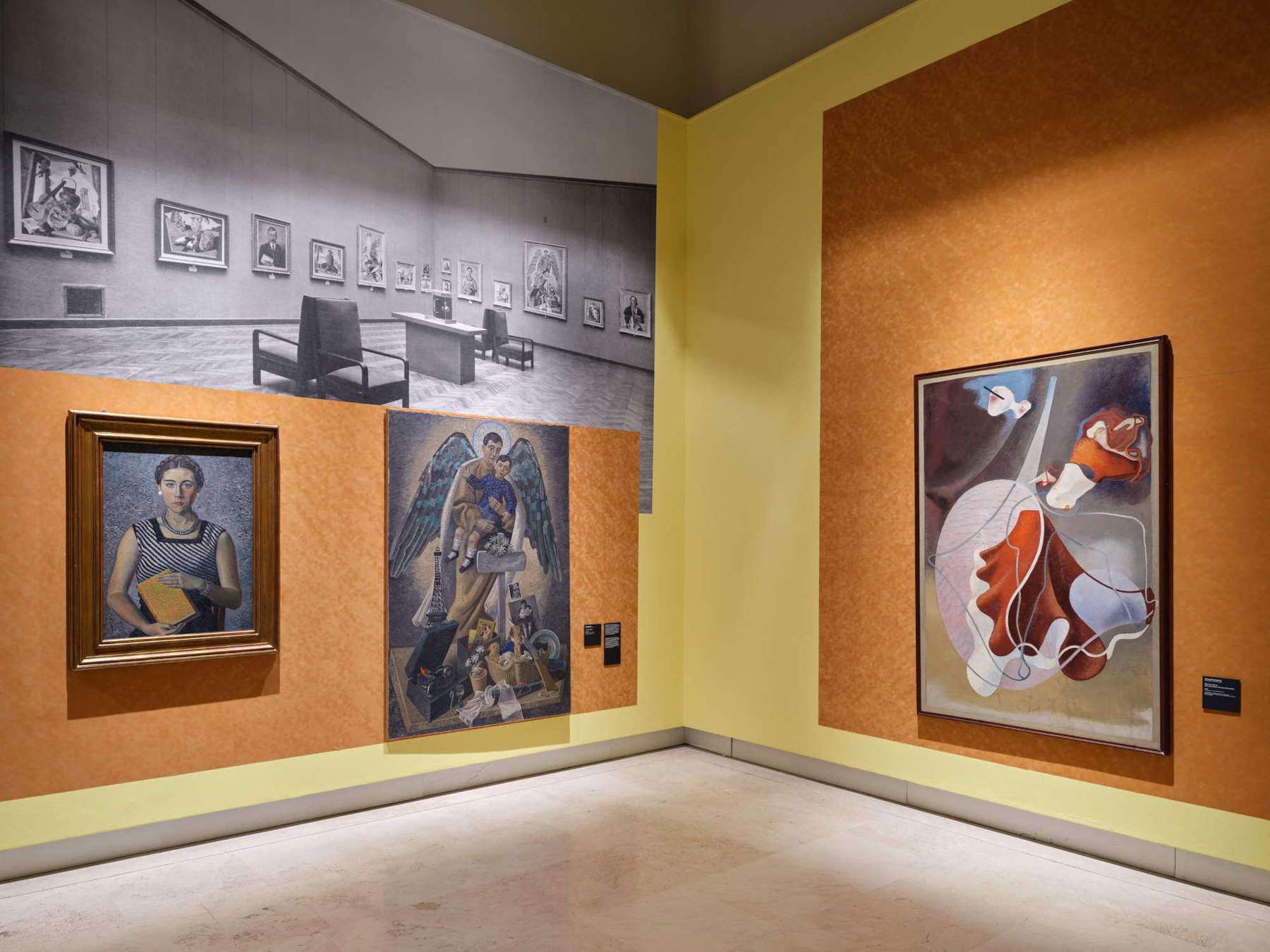
How did you go from the 1,700 participating artists of 1935 to only about 30 in this reissue?
By starting from the same structure with the personal rooms of specific artists, the group shows and the award-winning artists. We decided to work on two parallel planes, which are on the one hand the original works, and on the other hand the archival documents by extracting historical materials (such as the list of artists, pictures of official visits, those of the exhibition, etc.) to make what I call the “frieze,” high above the works and in black and white, a background that renders the climate of the time.
So no historical revision was done?
No, let’s say that here I am not the critic who reinterprets, but the one who tries to think in the place of the viewer of the time.
What, on the other hand, were your most personal interpretations of the original exhibition?
Definitely the title I Giovani e I Maestri, we had discussed it extensively with Luca [Beatrice]. This Quadrennial celebrated the masters like De Chirico, Severini, but it was the first to emphasize young people like Ziveri, Capogrossi and the Roman Tonalists.
Was it a visionary choice by then-Secretary General Oppo, a Member of Parliament as well as an artist himself, to focus on the young artists of the 1930s?
It was more of a critical choice. The large sculpture Dance, a high relief in wood by Fazzini for example shows the importance given to young people in the 1935 edition and we chose to exhibit it in this Quadriennale as well. Another interpretation of mine was also to divide the Roman part with Broglio and the others, whose presence was strong, and the other with Prampolini and the other “maestroni.” And finally all the other Italian trends, Futurism, Abstractionism and other varieties of language.
On the choice of Futurist artists did you have to cut many of them?
That is a decision I make. As far as I am concerned, I think many of the Second Futurist works are very dated. More interesting in my opinion is the Roman painting, such as Mafai, Scipione, and so on.
To make a comparison with the recently concluded exhibition on Futurism curated by Simongini at Gnam, we notice that he did not emphasize Futurism. Of all the Futurists in the 1935 Quadrennial, did you choose to exhibit only the bare minimum?
I chose to exhibit Prampolini, Regina and Marisa Mori. Also Milena Barilli-who deserves to be seen and seen again.
On the other hand, it brought out little-known female Futurist artists.
Yes, intentionally, I tried to give a response to the need to reevaluate women artists, even though there were few women, and to want to put more would have made a historical faux pas. The artists were chosen with said criteria, a few examples of each trend. I chose Romagnoli[Acrobata, bronze] to represent the more traditional ones, I put emphasis on Mafai, Sironi to emphasize their importance. But it is clear that so many things are sacrificed.
What about the comparison of the Rome Quadrennial with the Venice Biennale today?
The basics have remained the same. The weight of the two has changed. The perception of the Biennale’s importance is higher. The Quadriennale lost its weight 60 years ago.
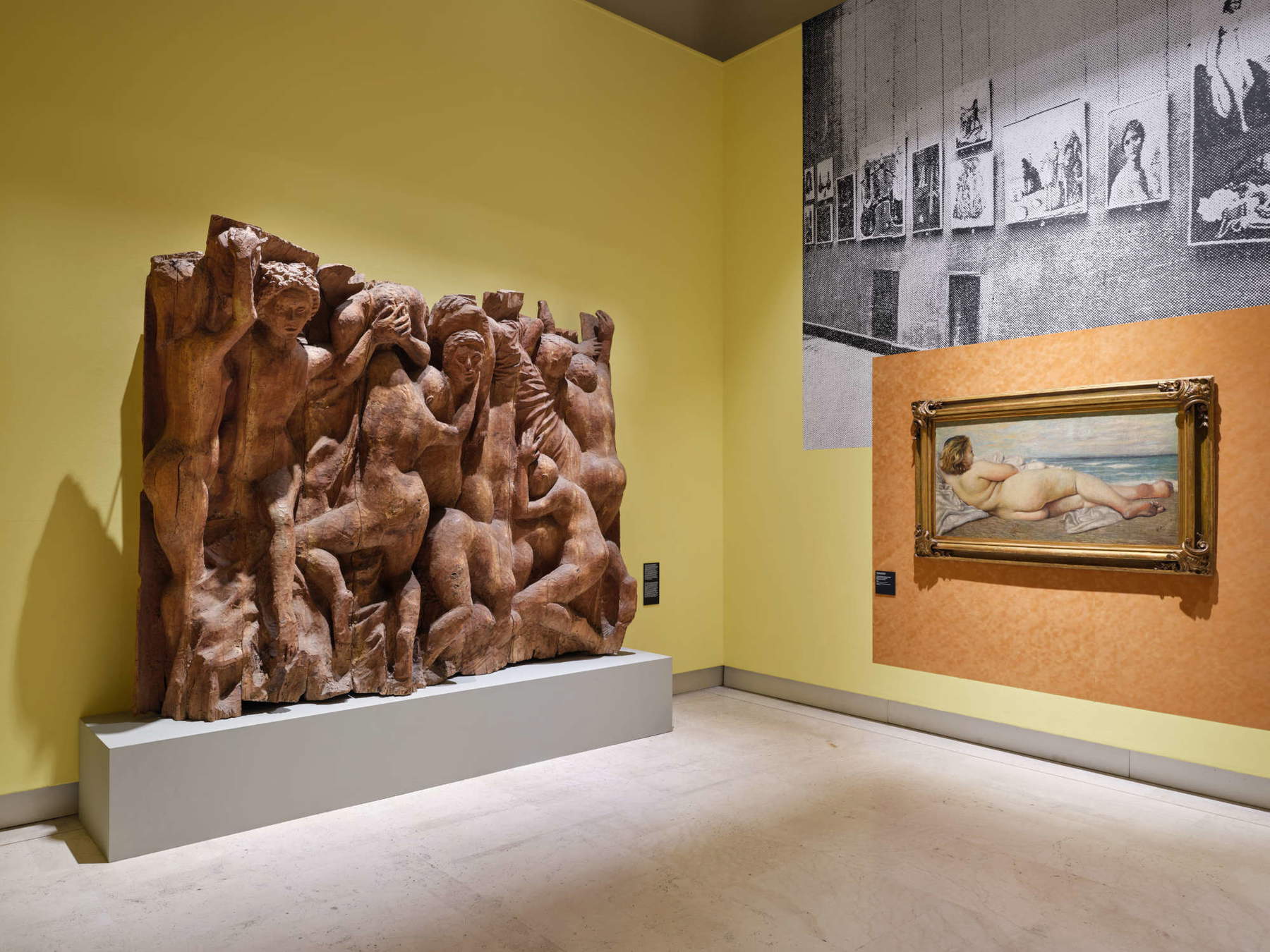
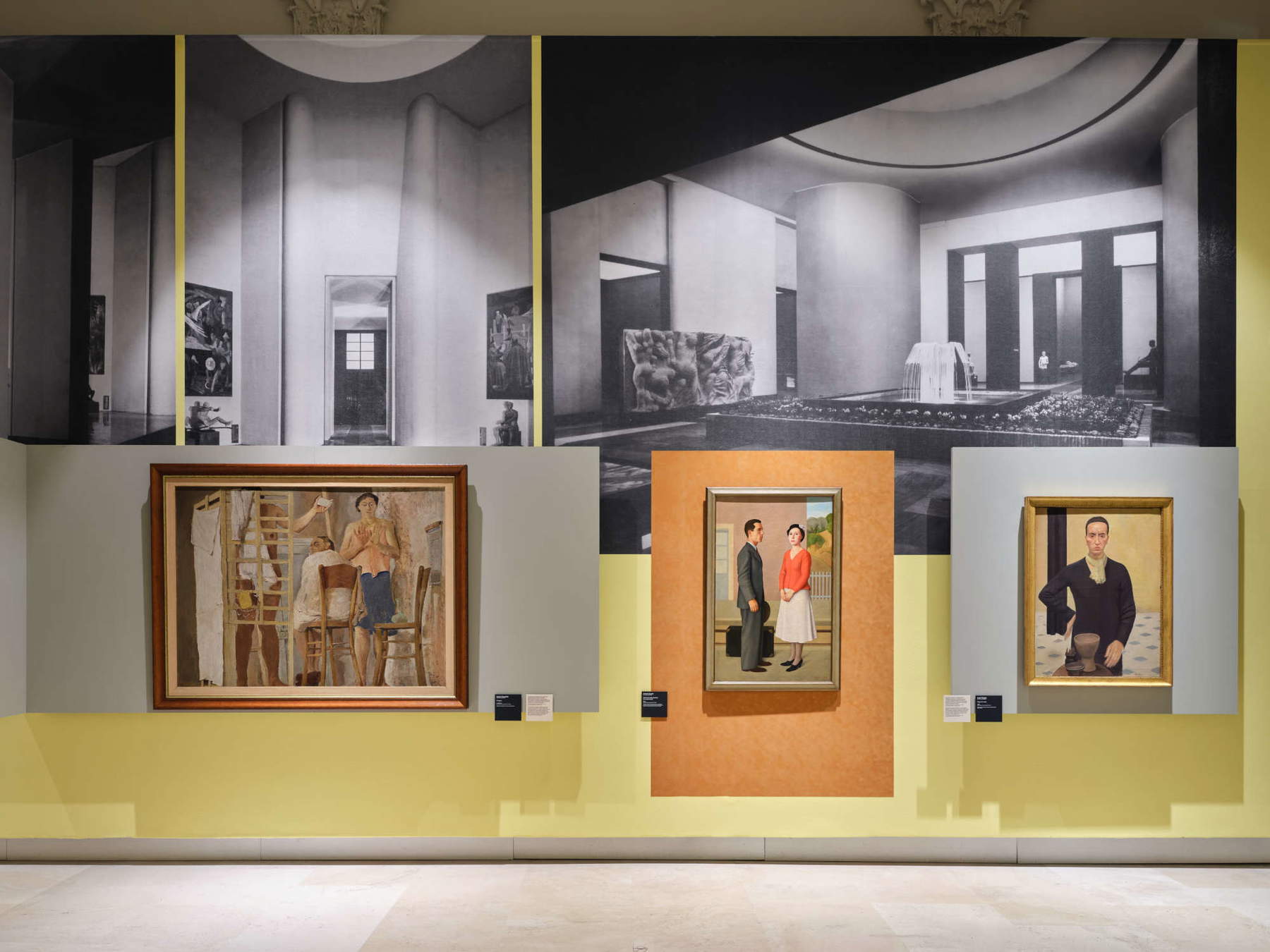
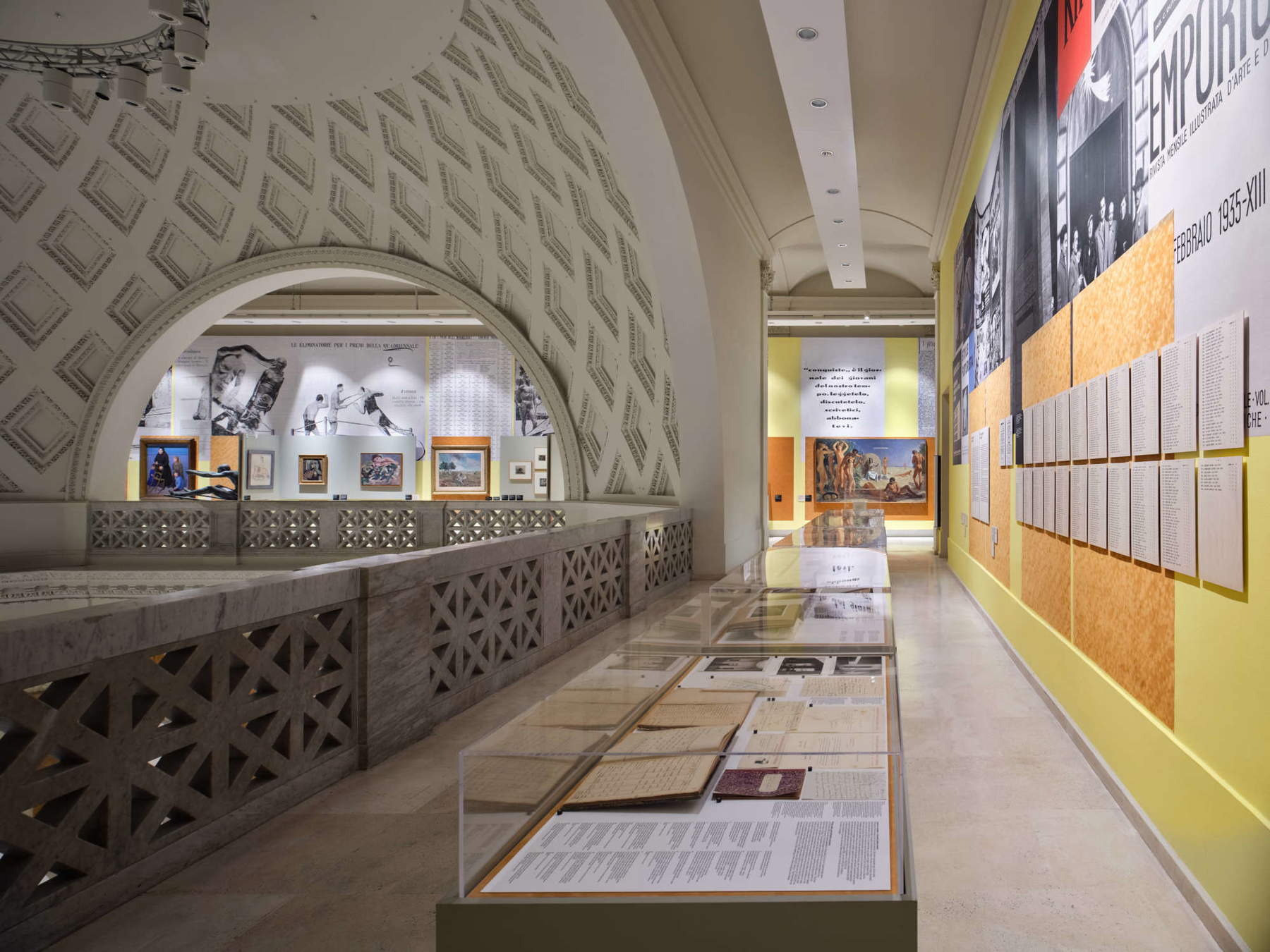
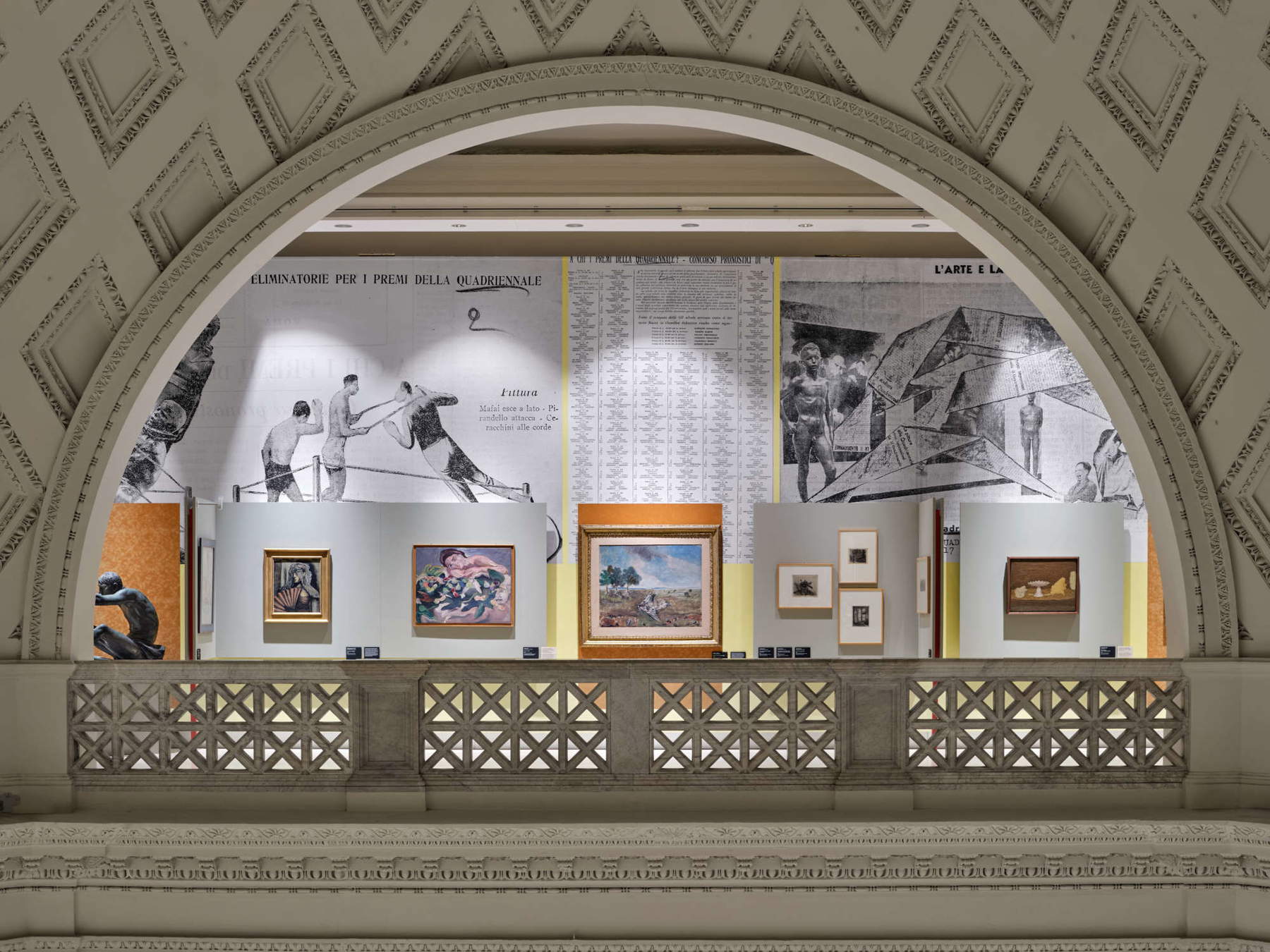
How does the Rome Quadriennale today still complement the Venice Biennale?
The Biennale is international, it still has worldwide importance despite the competition. Staying in Europe, in my opinion Documenta is more relevant than the Venice Biennale even though the cadence of Documenta is longer, every five years.
Your exhibition is on the second floor of the Palazzo delle Esposizioni: is it to be considered a separate section or is it a full-fledged part of this Quadrennial exhibition?
I was very pleased to see many of the young artists exhibited down come up to see my exhibition. Matteo Fato from Luca Massimo Barbero’s section. Also Giulia Cenci who saw Fazzini and was very impressed. Arcangelo Sassolino himself in Stocchi’s section saw it and told me he would gladly exchange one of his works for some of the historical works on display above. So the artists’ reaction speaks for itself.
Sassolino is certainly of all the exhibited artists the most historic one in this edition of the Quadriennale, with his evocative steel spider moved by a pressure system from 2008 and redesigned for this occasion. Is he among your favorites? The award ceremony for this Quadrennial will take place at the end of November. Which young artists exhibited do you like best?
The 1935 Quadrennial had awarded Ceracchini who no one remembers today. Ninety years from now some of these artists exhibited today at the Quadrennial will not be remembered. The award ceremony has this role of choosing. Sassolino I consider the most important one in this Quadriennale. In the section curated by Emanuela Mazzonis, I really like the artists Jacopo Benassi, Davide Tranchina and Giulia Parlato.
Warning: the translation into English of the original Italian article was created using automatic tools. We undertake to review all articles, but we do not guarantee the total absence of inaccuracies in the translation due to the program. You can find the original by clicking on the ITA button. If you find any mistake,please contact us.